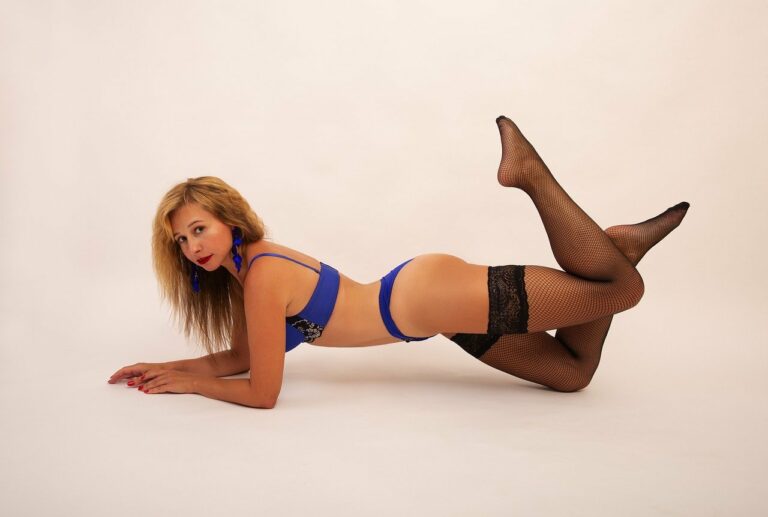Fashion and Politics: The Symbolism of Clothing in Political Movements
Clothing has long been used as a powerful tool for individuals and groups to make political statements. The choice of attire can convey a message about one’s beliefs, affiliations, or dissent. From T-shirts with slogans to distinctive uniform colors, what individuals wear can speak volumes about their stance on various political issues.
In recent years, we have witnessed a resurgence in the use of clothing to protest, advocate, or show solidarity with particular causes. Whether it’s the donning of symbolic colors during political demonstrations or the wearing of accessories bearing specific messages, clothing continues to play a central role in expressing political opinions. The intersection of fashion and politics provides a platform for individuals to visually communicate their views and engage in discussions on social and political matters.
Historical Examples of Clothing Symbolism in Political Movements
In the 1960s, the Black Panther Party utilized clothing as a form of political expression and empowerment. The party members often wore black leather jackets, black berets, and dark sunglasses to convey a sense of solidarity and resistance against racial injustice and police brutality.
During the suffrage movement in the early 1900s, women strategically chose to wear white clothing to symbolize purity, morality, and enlightenment. The color white was used as a visual representation of the peaceful yet powerful fight for women’s right to vote, emphasizing the importance of equality and unity among women across the nation.
The Influence of Political Leaders on Fashion Trends
Political leaders have historically wielded the power to shape fashion trends through their sartorial choices. Whether it’s a signature accessory, color scheme, or particular style, their clothing becomes a form of visual communication that influences the wider public. From iconic figures like Jacqueline Kennedy Onassis to modern-day leaders such as Michelle Obama, their fashion choices are scrutinized and emulated by the masses.
The impact of political leaders on fashion trends extends beyond just their personal style. By promoting certain designers or brands through their clothing choices, political figures have the ability to boost the visibility and popularity of specific fashion houses. This symbiotic relationship between politics and fashion illustrates the interconnected nature of these two seemingly disparate worlds, showing how aesthetics can transcend into the realm of power and influence.
How do political leaders influence fashion trends?
Political leaders can influence fashion trends through their own clothing choices and the messages they convey through their style. When a prominent political figure wears a certain type of clothing or accessory, it can spark a trend among their followers and supporters.
Can you give an example of a historical political movement where clothing played a significant role?
One example is the suffragette movement in the early 20th century, where women wore white clothing to symbolize purity and unity in their fight for the right to vote. This choice of clothing became a powerful symbol of the movement and helped to rally support.
How can clothing be used as a form of political statement?
Clothing can be used as a form of political statement by conveying messages or beliefs through style choices. For example, wearing clothing with slogans or symbols related to a particular cause can show support for that cause and help raise awareness.
Do political leaders intentionally use clothing to influence fashion trends?
While some political leaders may intentionally use clothing to influence fashion trends, others may simply be expressing their personal style. However, the visibility and influence of political figures mean that their clothing choices can have a significant impact on fashion trends.







